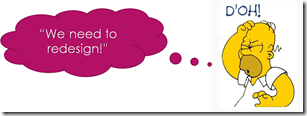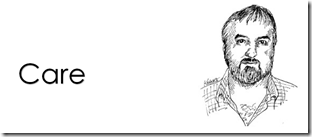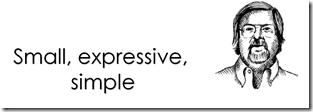Clean Code: A Handbook of Agile Software Craftsmanship (b)
(1)The grand redesign in the sky
- Eventually the team rebels and informs management that:

- “If you have experienced even one small part of the story I just told, then you already know that spending time keeping your code clean is not just cost effective; it’s a matter of professional survival.”
(2)Attitude
- We are deeply complicit in the planning of the project and share a great deal of the responsibility for any failures; especially if those failures have to do with bad code!
- The manager will defend the schedule and requirements with passion. And you, it’s absolutely your job to defend the code with equal passion.
- It’s unprofessional for programmers to bend to the will of managers who don’t understand the risks of making messes, too.
(3)Temporary conclusion
- “You will not make the deadline by making the mess.”
- The only right way to reach the goal—is to keep the code as clean as possible at all times.
(4)The art of clean code
- “Being able to recognize good art from bad does not mean that we know how to paint.”
- Writing clean code requires:

(5)What is clean code
- Do you really know what is clean code?
- And what do the very well-known and deeply experienced programmers think about it?
(6)Bjarne Stroustrup(Inventor of C++)
- “I like my code to be elegant and efficient.”
- “Clean code does one thing well.”
(7)Grady Booch(Author of Object Oriented Analysis and Design with Applications)
- “Clean code is simple and direct.”
- “Clean code reads like well-written prose.”
(8)Dave Thomas(”Founder of OTI, godfather of the Eclipse strategy”)
- “Clean code can be read.”
- “Clean code should be literate”
(9)Michael Feathers(”Author of Working Effectively with Legacy Code”)
- “clean code always looks like it was written by someone who cares.”
(10)Ron Jeffries(“Author of Extreme Programming Installed”)
- “Early building of simple abstraction”
(11)Ward Cunningham(“Inventor of Wiki”)
- “You know you are working on clean code when each routine you reads turns out to be pretty much what you expected.”
- “You know you are working on clean code when each routine you reads turns out to be pretty much what you expected.”
(12)The boy scout rule
- It’s not enough to write the code well. The code has to be kept clean over time.
(13)Bibliography
- Clean Code, Robert C. Martin, Prentice-Hall, 2009








